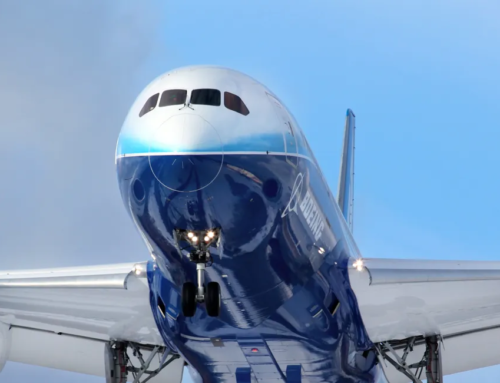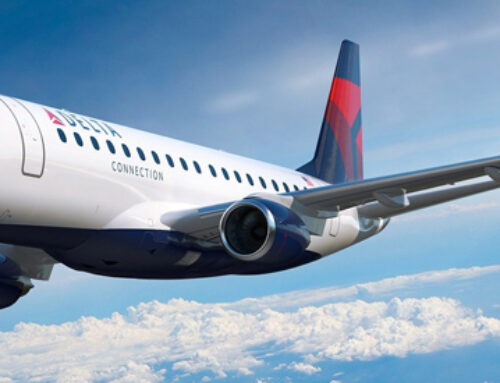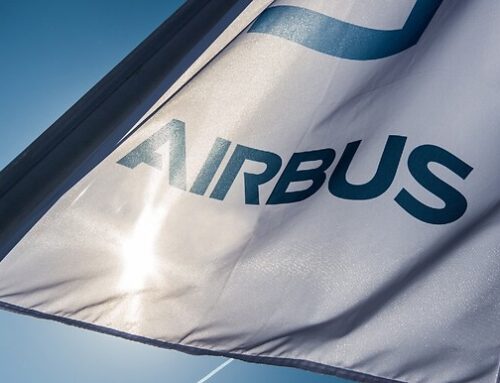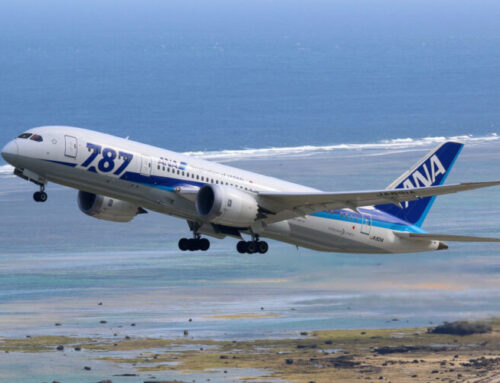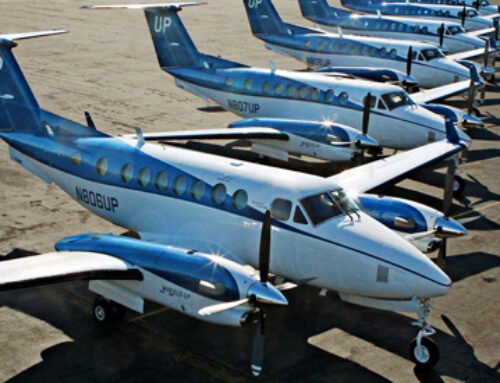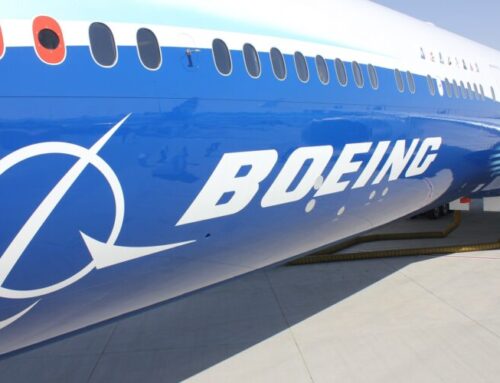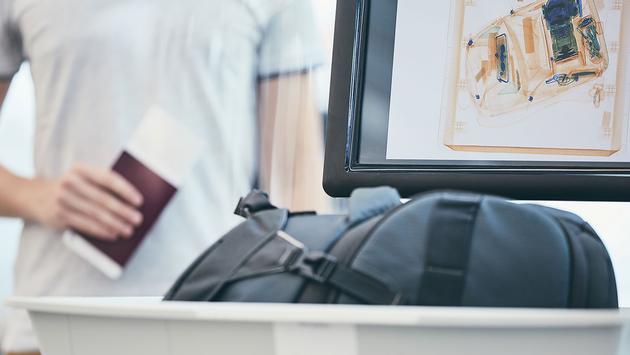
The Transportation Security Administration (TSA) anticipates that about 6,600 firearms will be detected at airport security checkpoints in 2022, an all-time single year record. This represents around 18 weapons per day out of on average 2 million people screened. The TSA response is to increase maximum penalties for such violations. The problem is that the preponderance of, if not all such violations are unintentional with no malicious intent. This means that deterrence will have little if any impact.
An incident in November — in which a passenger had a box cutter on Fronter Airlines flight causing an abrupt landing — further highlights how screening can and does fail, which means that some weapons, including firearms are making it past security.
What many travelers ask during this busy travel period is whether the current TSA airport security model is necessary, and does it really make air travel safer?
The launch of TSA PreCheck in November 2011 began a new era in airport security, providing passengers the opportunity to gain access to expedited screening lanes in exchange for submitting to a background check and paying an enrollment fee. The program is enormously popular, with passengers permitted to keep their electronic devices in their carry-on bags, keep their shoes on and be screened through a walkthrough metal detector rather than a full body scanner.
Financial companies saw this as a marketing opportunity, offering to cover the program fee as a benefit with their credit cards.
The foundation of PreCheck is risk-based security, which aligns security risk with security resources. The background check that PreCheck qualified passengers undergo give them access to expedited screening lanes, effectively reducing the level of physical screening required at airports to buy down their risk. Physical screening requires technology, so with less physical screening, fewer technologies are needed.
The TSA has been fascinated with advanced technology since its inception, but showed just a bit too much to infringe on personal privacy. The most recent technology added to the TSA screening arsenal has been computed tomography (CT) carry-on baggage screening devices. Their problem so far has been the speed at which they process items.
The TSA continues to be enamored, to the point of obsession, with detection. Detection of prohibited items is just one layer of airport security. With so many layers in place, over-investment in and excessive attention on any one layer is imprudent, wasteful and potentially dangerous.
One layer that does makes sense and supports risk-based security is Credential Authentication Technology. This technology confirms passenger identity, which is paramount to reducing risk. The delay in requiring REAL IDs for air travel weakens this important layer of security.
What airport security does not need are more advanced technologies for detecting threat items. What it needs is a makeover.
The foundation of this makeover should be investments that have been proven to work and are cost-effective. This demands expanding risk-based security strategies into other airport security operations, effectively tempering the need for more advanced technologies.
How can this be done?
First, offer TSA PreCheck at no cost to anyone who wishes to subject themselves to the requisite background check, rather than the current price of $78 for 5 years. This could increase the percentage of PreCheck screenings each day at airports from 50 percent to as much as 80 percent. The net effect of this would be the need for fewer screening devices deployed at airports and a commensurate reduction in the number of TSA officers. These cost savings would offset the cost of enrolling more passengers in PreCheck.
Second, offer an enhanced level of PreCheck commensurate with how flight crew like pilots and first officers pass through security checkpoints. This would also require a more rigorous background check, effectively making them security equivalent to known crewmembers. These passengers would then be screened like flight crews, which means that at some airports, they would not be screened at all, with only their identity verified. Of this were offered, this passenger group could require a fee to be paid, which could be renewed annually rather than every five years as for the current PreCheck program.
The net effect of such changes would be a makeover of airport security operations. There would be more TSA PreCheck expedited screening lanes, and fewer unknown risk passengers, which TSA officers can focus their attention on. There would be a reduced need for the volume of technologies currently deployed and fewer TSA officers needed to operate them. This means that the TSA budget could be reduced without compromising security, a benefit to taxpayers.
The majority of passengers would be screened through expedited screening lanes, meaning less time spent at checkpoints, which all would welcome. The enhanced precheck passengers, likely to be high-frequency business travelers, will welcome the opportunity to pay for this privilege.
The benefits of such a makeover are abundant. What are the risks?
Someone with malicious intent may attempt to become PreCheck or enhanced PreCheck qualified. That risk already exists. However, there is a deterrence value in subjecting oneself to a background check that could expose a person’s background or intent. Setting the background check bar sufficiently high will increase the deterrence benefit and retain the risk reduction benefits they offer.
After more than two decades of screening-as-usual at airports, it is time for a TSA makeover. Ironically, all the pieces are in place to begin such a transformation. What is needed is the willingness to begin the change, and the will to see it through. thehill.com

